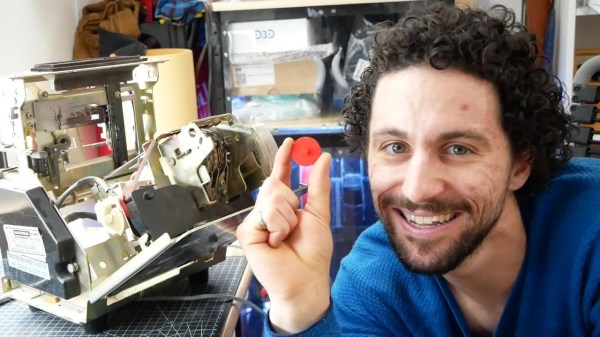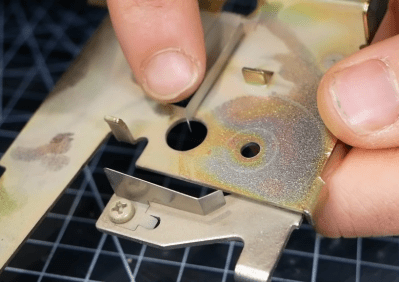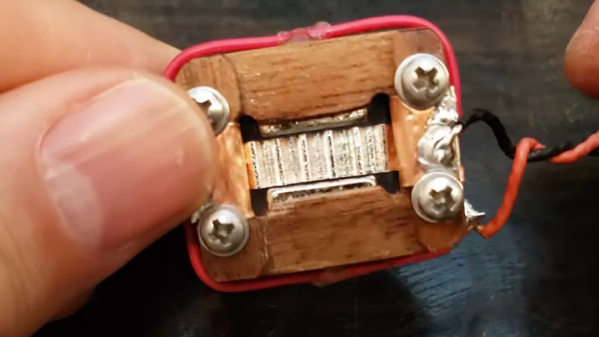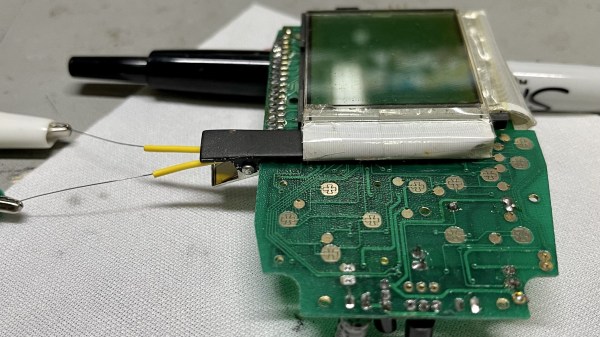What do you do when your dot matrix printer’s ribbon is torn to shreds after decades of use, and no new cartridges are available? You might like to attempt a ribbon transplant from another printer’s cartridge, and that’s just what [Chris Jones] did.
[Chris] was hoping to find a new ribbon for his Canon PW-1080A after the 33-year-old ribbon had been hammered to bits. With replacements unavailable, he instead turned to the more popular Epson FX80, for which new ribbons can still be found. Thankfully, the FX80’s ribbon is the same width as the one used in the Canon printer, even if the cartridge is of a completely different design.
The first step was to crack open the Canon cartridge to dump out the old ribbon. With that done, the Epson ribbon could be looped into the Canon cartridge and wound in using the built-in winder. With this done, [Chris] attempted a test print, but found results to be poor. The ribbon wasn’t advancing properly and there was a rather horrible noise.
The problem was that the Epson ribbon was significantly longer than the Canon part, and thus was getting jammed inside the cartridge housing. [Chris] was able to fix this by cutting out a slice of the Epson ribbon and sticking the two ends back together with superglue. With that done, the printer was happily up and running once more.
If you’ve got a dot matrix printer ribbon that’s dried up but not yet falling apart, you can always try reinking it. Video after the break.
Continue reading “Dot Matrix Printer Gets An Epson Ribbon Transplant”


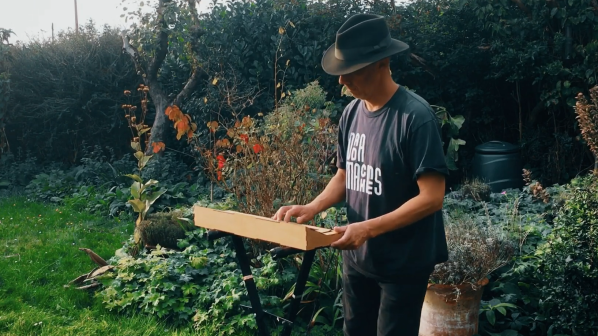
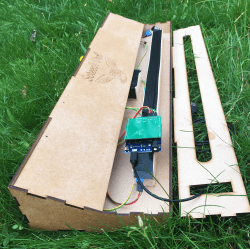
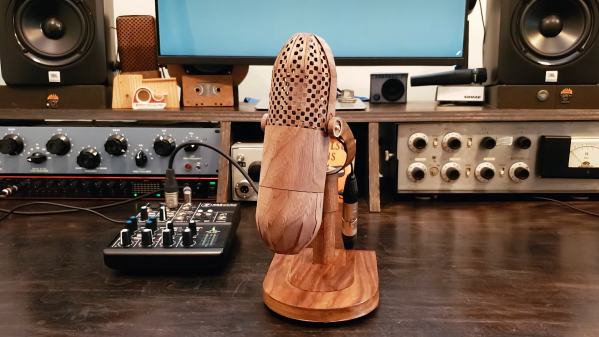
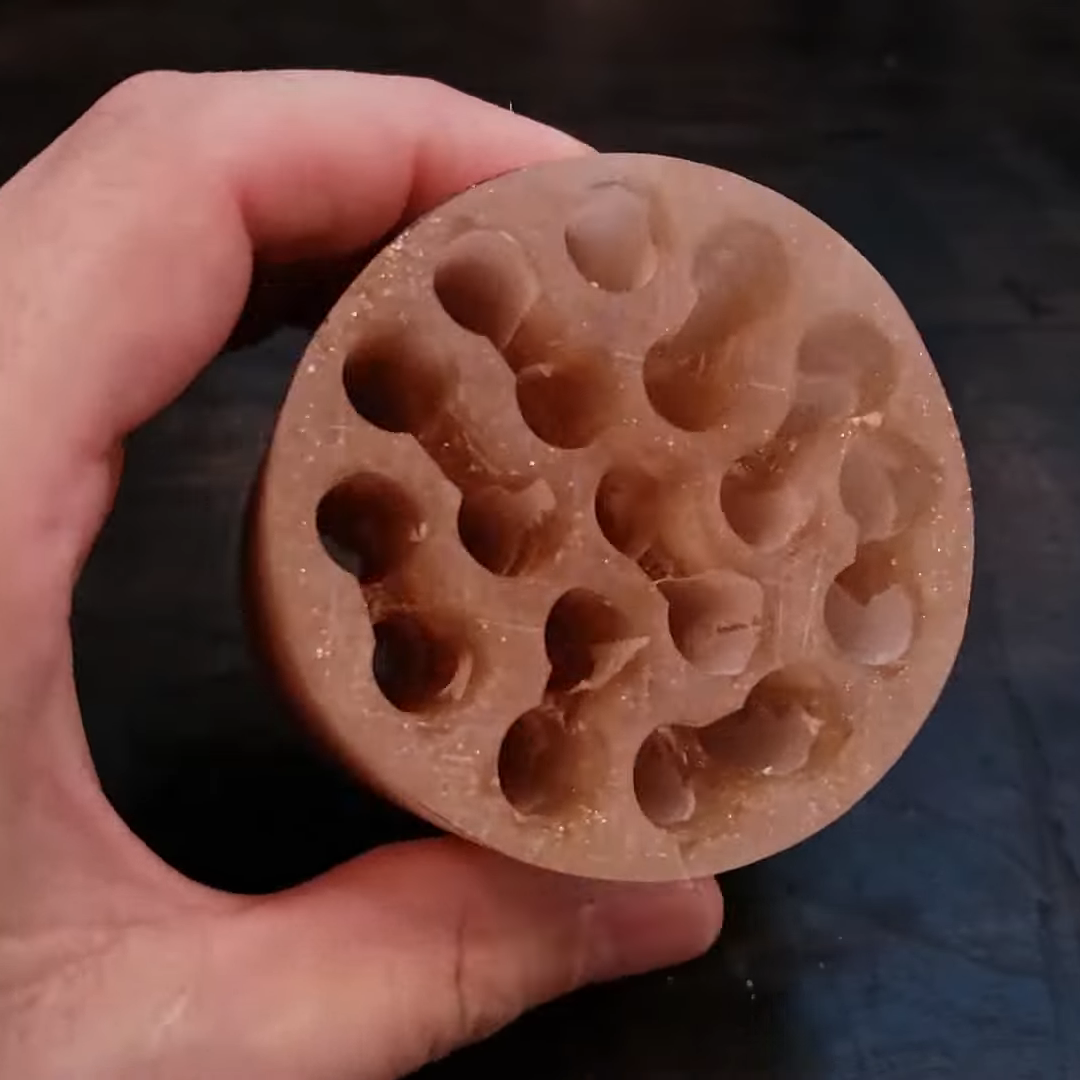 But ironically, this homage features a critical piece that’s actually not made of wood. The 77’s pickup pattern was cardioid, making for a directional mic that picked up sound best from the front, thanks to an acoustic labyrinth that increased the path length for incoming sound waves. [Frank]’s labyrinth was made from epoxy resin poured into a mold made from heavy paper, creating a cylinder with multiple parallel tunnels. The tops and bottoms of adjacent tunnels were connected together, creating an acoustic path over a meter long. The ribbon motor, as close to a duplicate of the original as possible using wood, sits atop the labyrinth block’s output underneath a wood veneer shell that does its best to imitate the classic pill-shaped windscreen of the original. The video below, which of course was narrated using the mic, shows its construction in detail.
But ironically, this homage features a critical piece that’s actually not made of wood. The 77’s pickup pattern was cardioid, making for a directional mic that picked up sound best from the front, thanks to an acoustic labyrinth that increased the path length for incoming sound waves. [Frank]’s labyrinth was made from epoxy resin poured into a mold made from heavy paper, creating a cylinder with multiple parallel tunnels. The tops and bottoms of adjacent tunnels were connected together, creating an acoustic path over a meter long. The ribbon motor, as close to a duplicate of the original as possible using wood, sits atop the labyrinth block’s output underneath a wood veneer shell that does its best to imitate the classic pill-shaped windscreen of the original. The video below, which of course was narrated using the mic, shows its construction in detail.